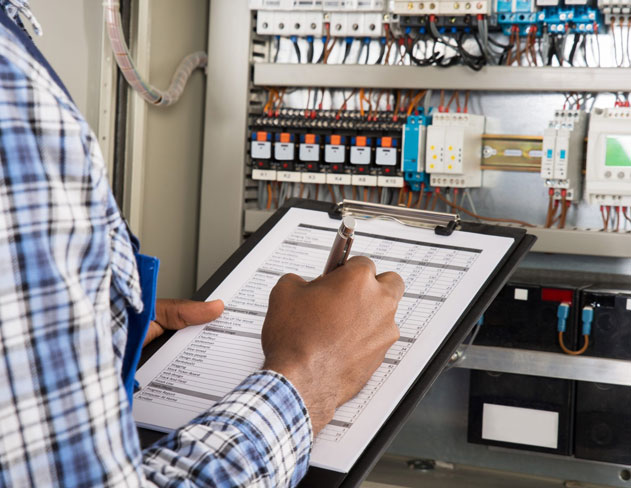What Are the Electricity at Work Regulations 1989
The electricity at work regulations (1989) are a continuation of the 1974 Health and Safety at Work Act and they ensure that any work with electricity is carried out safely. These regulations exist to prevent death or injury at work from electrical sources.
What do the electricity at work regulations 1989 cover?
The electricity at work regulations cover all employees – including those who are self-employed.
While the employer must follow these regulations, it is also the employees’ responsibility to make sure that the electricity at work regulations are being followed – and if not then they can report it.
What are the key features of the electricity at work 1989 regulations?
The electricity at work regulations 1989 cover 13 different areas. All of these regulations focus on the construction and maintenance of electrical equipment and wiring. A commercial EICR is a good way to evaluate whether your electrical installation is as safe as possible.
There is also a strong focus on only using fully trained staff to operate electrical machinery. A significant part of the electricity at work regulations is avoiding hazardous environments and making sure all protective equipment and clothing is kept maintained and is easily located.
What are the employees’ responsibilities under the electricity at work regulations 1989?
Under the 1989 electricity at work regulations, employees do have certain responsibilities to adhere to the law while at work. Employees must construct, maintain and operate systems in the safest way possible. Therefore, all protective equipment must be well- maintained and easily accessible.
Workspaces must be properly lit with adequate space and access to help prevent an injury or an accident while using electrical equipment.
How should electrical equipment be maintained to adhere to the electricity at work 1989 regulations?
Many breaches of the 1989 electricity at work regulations can be avoided by maintaining electrical equipment properly.
A regular PAT Testing programme will identify any faulty electrical appliances so that they can be removed from service.
If the electrical installation is well-installed and maintained, then the risk of electrical faults causing injury or death is greatly reduced.
What is PAT Testing?
Most companies and places of work use PAT Testing as an important part of compliance with the electricity at work regulations. PAT stands for portable appliance testing, and small portable and stationary appliances like kettles, printers, and lamps are tested annually to make sure that they pass the health and safety requirements. Fixed or hard wired appliances are also tested, this is called Fixed Appliance Testing.
There are usually four parts to PAT testing – a visual inspection, earth continuity test, insulation test, and an earth leakage test.
Here at Hexo Electrical Testing, we offer PAT testing in London, Greater London and the South East. Book a test from us today at competitive prices!

